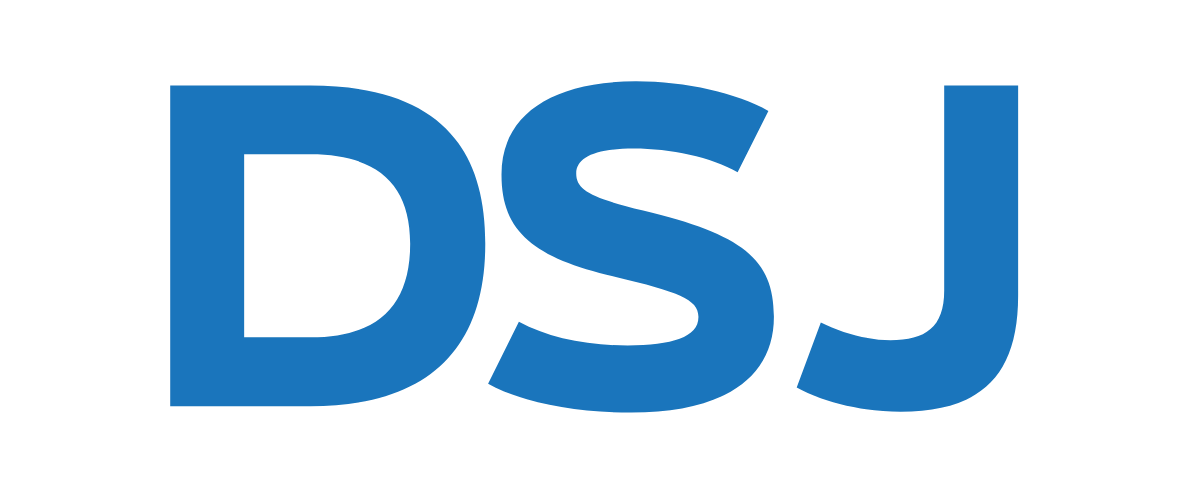- Trump’s proposal: forgive undergrad loans faster and graduate loans slower
- Biden’s proposal: possible free tuition and loan forgiveness for lower incomes
- Neither plan supports the complete forgiveness of all student loans
With a national loan debt—$1.6 trillion—and the suspense of the 2020 election both at an all-time high, the 45 million Americans currently borrowing student loans are looking to the two major presidential candidates for an answer to the question everyone is thinking: Will student loans become a thing of the past?
Trump’s Plan
Trump’s proposed budget for student loan forgiveness would replace the Public Service Loan Forgiveness (PSLF) plan for all future borrowers (current borrowers would continue with their plans). As an alternative, a new budget would unify all borrowers under on single income-driven repayment (IDR) plan. Additionally, Trump’s plan looks to expand eligibility for students in skills-based programs. Overall, Trump’s budget provides a more realistic & holistic solution to a convoluted debate: it’s an attempt to provide relief to the most borrowers possible without taking stabs at a fragile, debt-ridden economy.
The proposal:
- All undergraduate federal student loans under an IDR plan, pay 12.5% discretionary income (currently 10%), forgiveness granted after 15 years of payments (currently 20 years)
- All graduate federal student loans under existing IDR plans, forgiveness granted after 30 years of payments (currently 25 years)
- Both undergraduate and graduate loans likely liable for income taxes on the amount of forgiveness received
Biden’s Plan
Biden released a plan in early July that boasts an enticing pipe dream: free college and loan forgiveness. However, Biden’s reform is pricey and would be financed at the expense of businesses struggling to regroup post-COVID-19. Contrary to popular belief, Biden also does not propose to cancel all student loan debt. His plan would make college free for some, not for all, with a lofty goal of lowering students’ financial burden—but at what cost? Biden has not provided answers to what tolls these ideas would take on the country’s national debt nor how the government would supply the funds for free education and forgiving a large sum of loans.
The proposal:
- Two free years of community college at an accredited institution (Associates Degree)
- Free tuition to all public colleges and universities for those earning less than $125,000
- Those making under $25,000 not required to make any loan payments
- Those making over $25,000 required to pay 5% discretionary income
Congress has taken a few jabs at the student loan debate, but no ideas have come to full fruition yet. Both parties support enrolling all borrowers into IDR plans but are split on the specifics. Compromise seems to be not only the next necessary step but an inevitable one.
Questions? DSJ is here to help. Call our offices at 516-541-6549 or visit our website to see the full list of services we provide.
Sincerely,
![]()

Devin McQuillan
Associate, Creative Solutions
Contact:
516-541-6549 | Email
